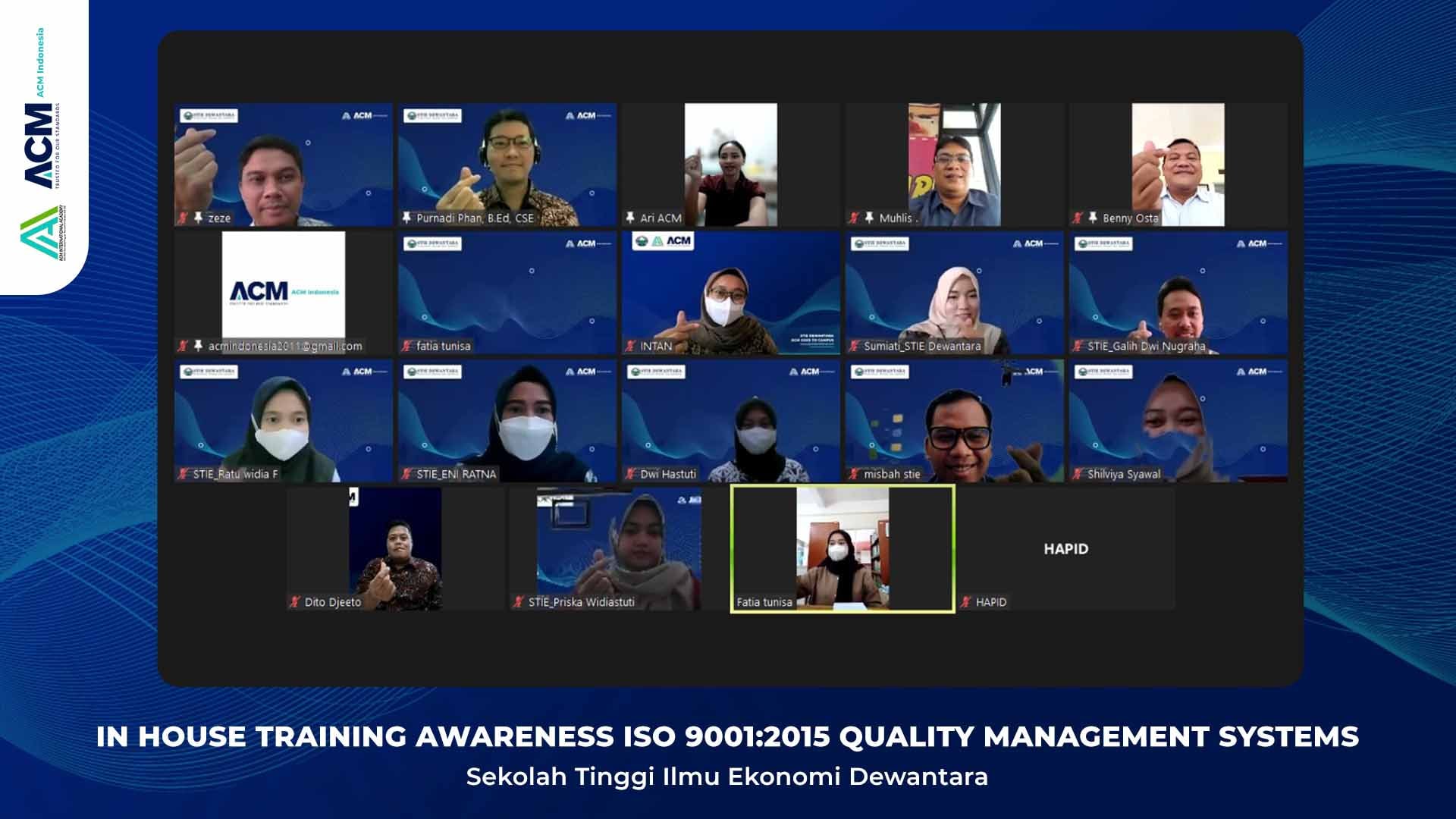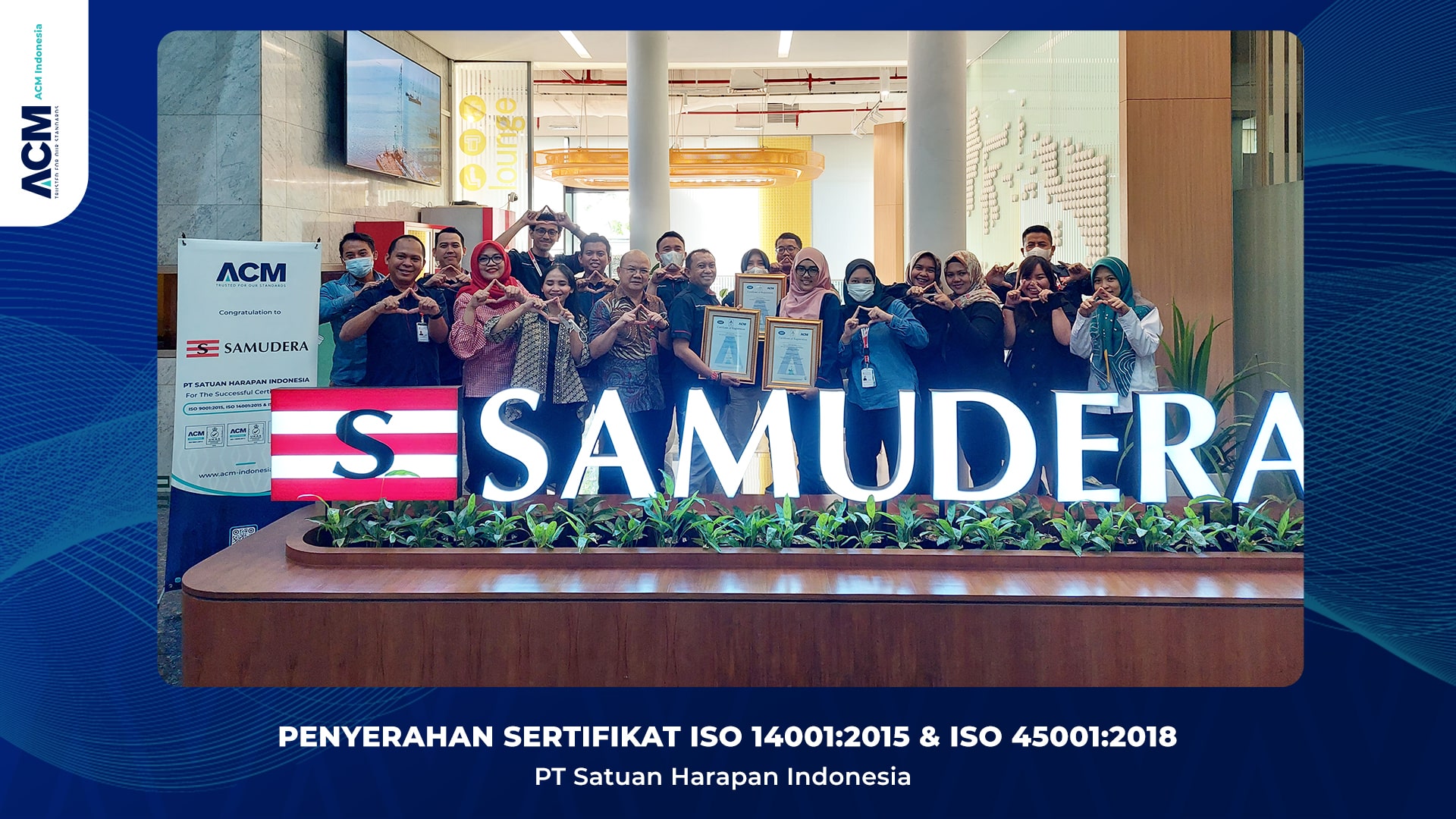
Management Commitment
In ISO 45001, management commitment is central to the standard’s effectiveness and integration. The shift in the new standard is toward managerial ownership. The safety culture of the organization is to be supported by the engagement of management with workers, and demonstrated by a top-down emphasis. Instead of providing oversight of the program, management should be true safety leaders.
This means an active, participatory role in the organization’s safety and health for C-suite and those in management. Protection of workers, as well as performance improvements, are roles of leadership under the new ISO 45001.
Worker Involvement
Workers also have broader participation in the new standard, with employees working with management to implement the safety management system (SMS). Employees should be provided training and education to identify risks and help the company create a successful safety program. Internal audits and risk assessment results should be openly shared with workers and allow for employee input. According to ISO 45001, the responsibility of safety management belongs to everyone in the organization.
Risk Versus Hazard
ISO 45001 follows a preventative process, which requires hazard risks to be evaluated and remedied, as opposed to hazard control, under OHSAS 18001. Think of the new standard as proactive, rather than reactive. In adopting ISO 45001, your organization will find and identify potential hazard risks before they cause accidents and injuries. Audits, job safety analyses and monitoring of workplace conditions will be vital to ensure the proactive approach prescribed by ISO 45001.
Structure
One obvious and important difference between ISO 45001 and OHSAS 18001 is the structure. The new standard is based on Annex SL, which replaced ISO Guide 83, and applies a universal structure, terminology and definitions. You’re probably well familiar with this structure if you also use other systems such as ISO 9001 and ISO 14001. Through using the same structure, multiple management systems are easier to implement in a more streamlined and efficient way.


.jpg)
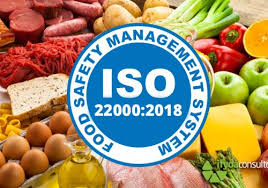
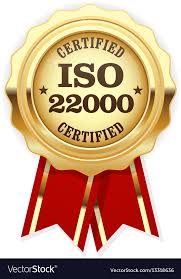
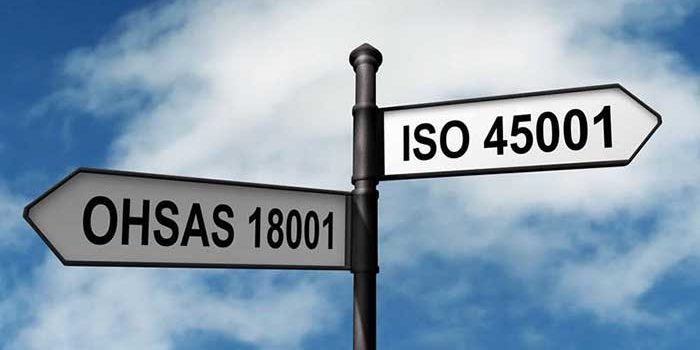


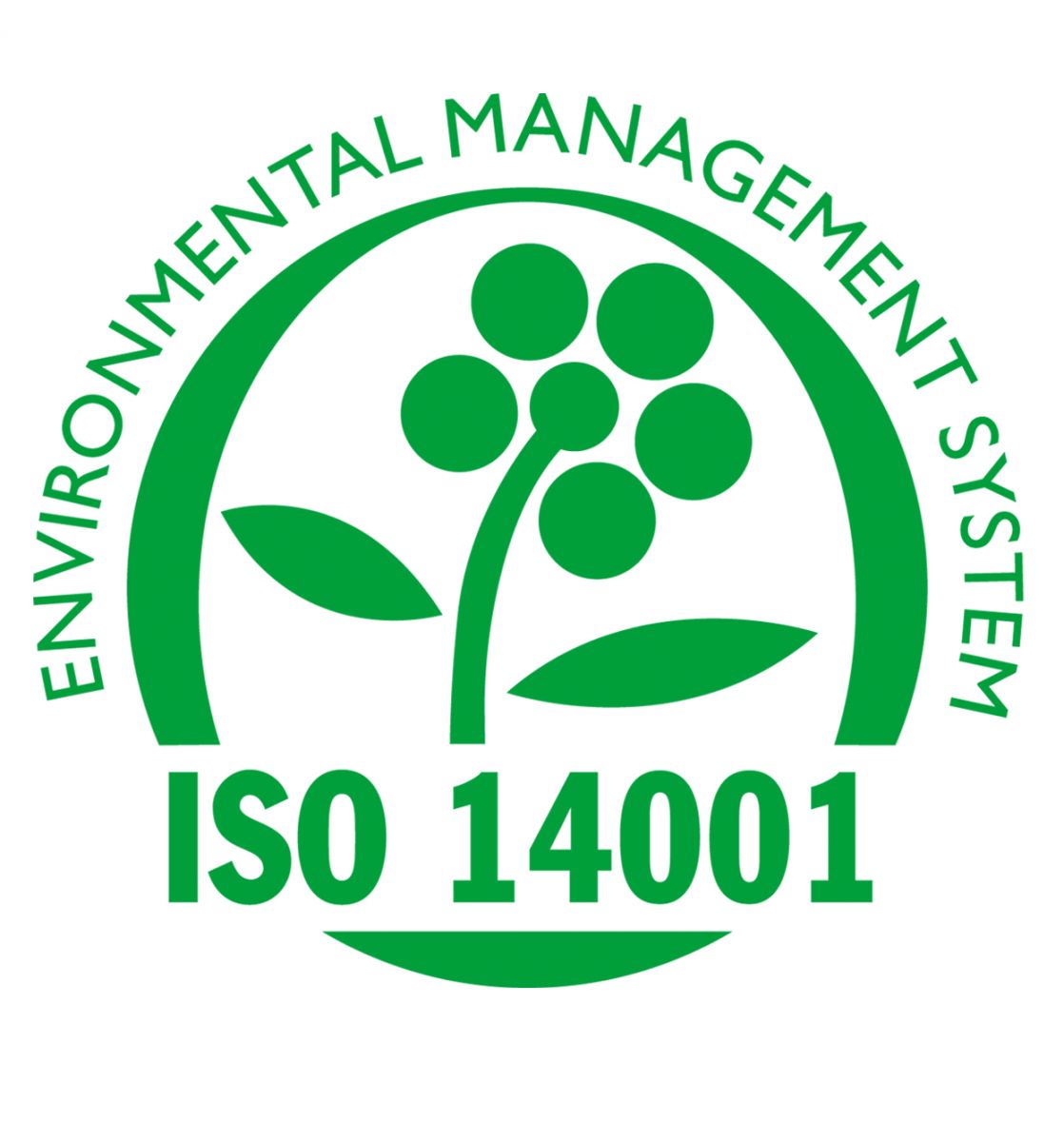
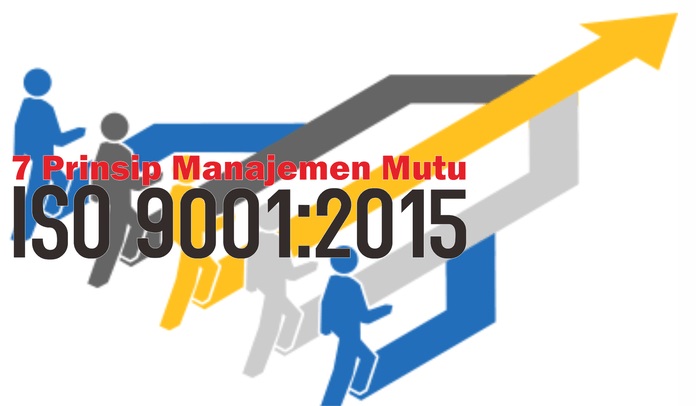
.jpg)
